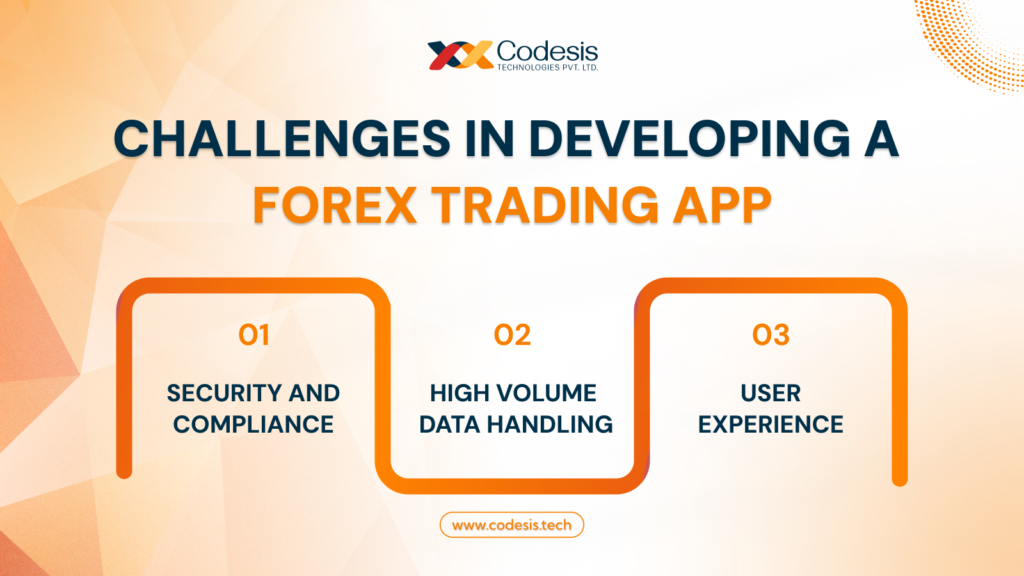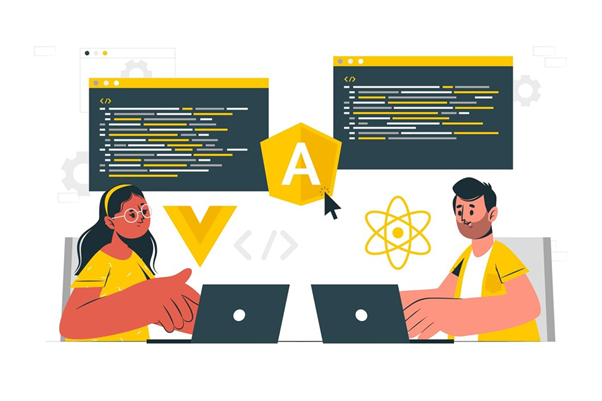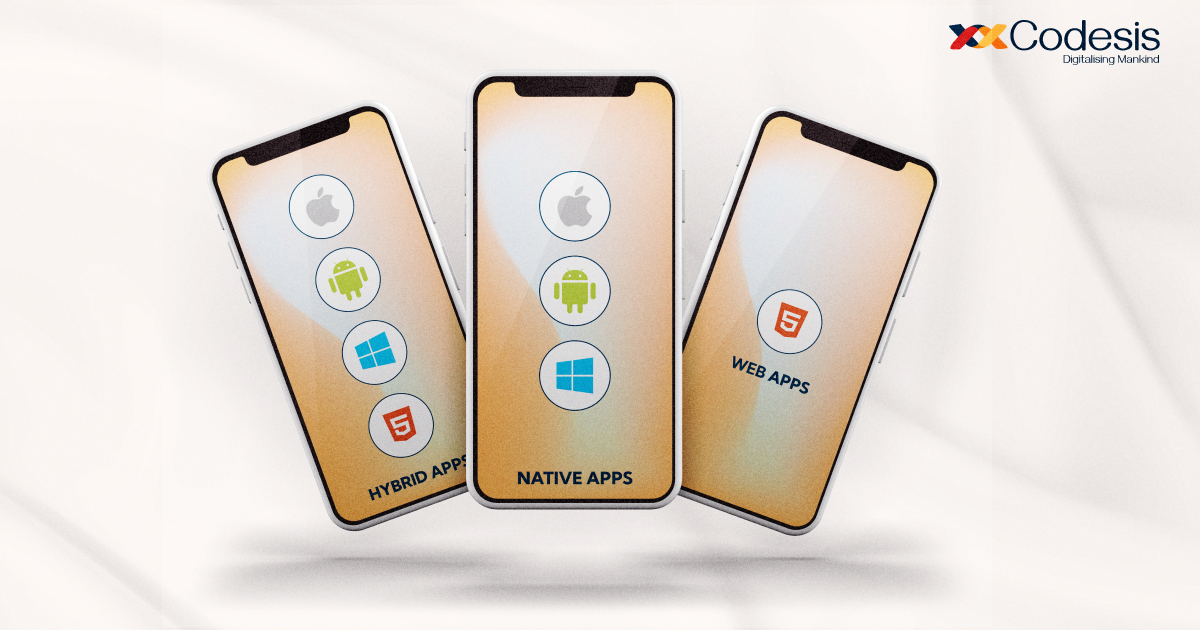
Post Views: 297 Why Cloud Platforms for Modern Apps Matter in 2025 Introduction Over the past few years, there’s been...

The forex market is still the largest and most active financial market in the world, with over $7.5 trillion traded daily as of 2024. With that kind of volume moving 24 hours a day, five days a week, traders need fast, reliable, and flexible tools to stay connected. That’s where forex trading apps have become a game-changer.
These apps have made it possible for traders to buy, sell, and monitor trades right from their smartphones, anytime, anywhere. What used to be limited to desktop platforms is now fully mobile, giving both new and experienced traders the freedom to stay in the market on the go.
In today’s fast-moving world, a well-built trading app isn’t just a convenience, it’s a necessity. From real-time charting to one-click execution, traders now expect powerful features, seamless performance, and an intuitive design, all packed into their mobile devices.
In this blog, we’ll walk through the key features, common challenges, and latest trends in building a forex trading app in 2025. If you’re planning to create an app that stands out, this is where to start.

Building a successful forex trading app requires careful planning and the inclusion of the right features. Here are the must-have features for any forex trading app:
One of the most important features of any Forex app is providing live market updates. Forex is a fast-moving market where prices change every second, and traders rely on up-to-date information to make decisions. Your app must offer:
If the app lags or provides outdated data, users may miss opportunities or make wrong decisions.
Security is critical when developing a Forex app. Traders need a safe and trustworthy platform to deposit, withdraw, and manage their funds. Integrating secure payment gateways and implementing advanced encryption protocols will ensure that:
Features like two-factor authentication (2FA) and secure login options (fingerprint or face recognition) further improve the app’s safety.
Forex trading requires a lot of technical analysis, and traders depend on tools that help them study price trends and patterns. The app must include:
A well-equipped app makes analysis easier for traders, helping them make smarter decisions.
With constant market changes, traders may not always have time to monitor price movements. Custom alerts and notifications help users stay updated about important events:
This feature ensures traders don’t miss any important market opportunities.
For beginners, understanding forex trading can feel overwhelming. Adding a section for educational content can help attract and retain new users. This could include:
Providing learning material builds user trust and helps beginners feel confident in trading.

Building a forex trading app isn’t without challenges. Here are some of the key difficulties developers must overcome:
Forex trading apps deal with sensitive financial information, which makes them a target for hackers. Developers must:
Failing to meet these standards can result in financial losses, legal trouble, and loss of trust.
During peak trading hours, forex markets experience huge amounts of data flowing in real-time. The app must:
A poorly optimized app can frustrate traders and drive them away.
Forex traders demand both simplicity and advanced tools from the apps they use. Striking this balance can be challenging. The app must:
The goal is to create an app that works for everyone—whether they are new traders or experienced professionals.

When designing a forex trading app, user experience is key. Here are some important considerations:
Developing the app for both iOS and Android ensures you reach a wider audience. Using frameworks like Flutter or React Native can help in building a single app that works on multiple platforms, saving time and cost.
The app must be stress-tested during peak trading hours to ensure it performs smoothly. Traders cannot afford delays or glitches when executing trades, so performance testing is critical.

A great example of a successful forex trading app is OctaFX. It has become popular among traders because of its:
OctaFX’s ability to provide a seamless and secure trading experience has earned it a loyal user base and highlights the importance of balancing features, security, and usability.

At Codesis Technology, we understand the complexities of forex trading apps and deliver solutions that meet traders’ needs. Here’s why we are the right partner for your app development:
Partner with Codesis Technology to develop a powerful forex trading app that combines security, innovation, and usability.
Developing a mobile app for forex trading involves focusing on essential features, tackling challenges like security and data management, and delivering an excellent user experience. With the right approach, your app can provide traders with a seamless, secure, and powerful platform to access global markets.
The future of forex trading lies in easy-to-use, feature-rich mobile apps, and partnering with an experienced developer like Codesis Technology ensures success in this competitive industry.
Start building the future of forex trading today!

Post Views: 297 Why Cloud Platforms for Modern Apps Matter in 2025 Introduction Over the past few years, there’s been...

Post Views: 280 Angular vs React: Which JS Framework Should You Choose? Introduction While working with JavaScript Frameworks you must...
Post Views: 323 Importance of Agile Methodology in Software Development Introduction Software development processes like Agile methodology have proven themselves...

Post Views: 317 Types of Mobile Applications: The Definitive Guide You Need in 2024 Introduction to types of Mobile Applications:...